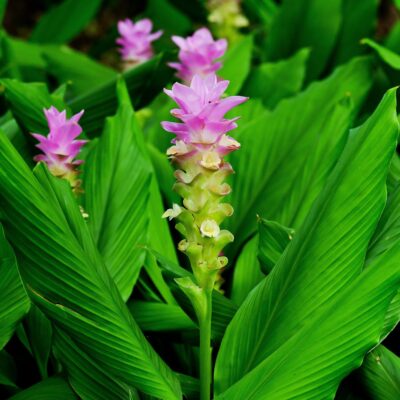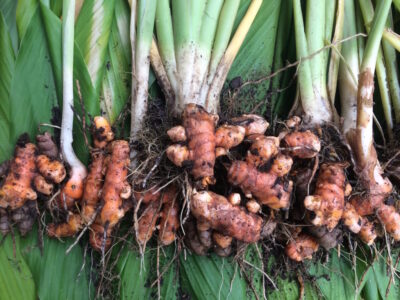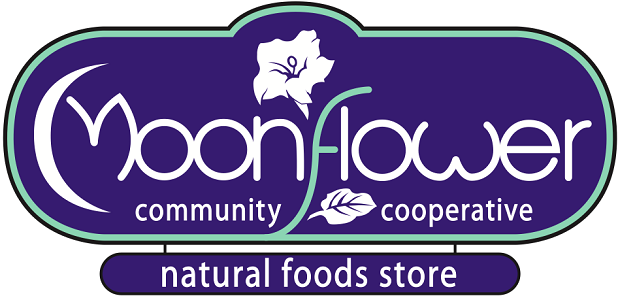
This month’s featured bulk herb of the month is one of the most well known in the world: Turmeric!
Botanical Description
Turmeric (Curcuma longa) is an herbaceous perennial member of the Zingiberaceae (ginger) family native to India and southeast Asia. The majority of the world’s turmeric is grown in India, where it is a staple ingredient in curry, but it is also cultivated in many tropical regions throughout the world. It grows up to about one meter tall, with large, lanceolate leaves, dense spikes of tubular flowers, and fleshy rhizomes (root-like underground stems).
Historical and Modern Use
Turmeric has been used for traditional medicinal and culinary purposes for thousands of years, especially in Ayurveda, traditional Chinese medicine, and Asian and Middle Eastern cuisine. The dried powder has also been used in ritual offerings in Hinduism. More recently, it has also been gaining notoriety in the United States and western herbalism.
Similar to ginger, its rhizome is used as an aromatic spice in cooking, either fresh or dried and ground. Alone, it has a bitter, somewhat sharp taste, but it is often combined with other spices, especially in Indian curries, dal, soups, and potato dishes. Add earthy flavor to stocks, sauces, rice dishes, and tea blends using turmeric. You can also make warm, comforting golden milk (turmeric latte) or chai tea with turmeric.
Health Benefits of Turmeric
Turmeric is known for its many health benefits, some of the most prominent being the antioxidant and anti-inflammatory properties of its main active compound, curcumin. Antioxidants may protect the body by neutralizing free radicals, molecules in the body that cause damage to cells and DNA.
Curcumin lowers the levels of two enzymes in the body that cause inflammation, which can make it helpful for those with chronic inflammatory conditions such as arthritis, colitis, allergies, joint disorders, digestive disorders, respiratory infections, and more. According to the National Center for Complementary and Integrative Health, “Turmeric and curcumin have a variety of interesting biological activities, but they’re challenging to study because curcumin is unstable (it easily changes into other substances) and has low bioavailability (not much of it reaches the bloodstream) when it’s taken orally.” As such, scientific studies of turmeric’s health benefits are still inconclusive.
How to Use Turmeric

Find dried turmeric root powder in our bulk herbs and spices department. In addition to being used in food, it can be tinctured, encapsulated, and even used as a plant-based dye for giving materials a brilliant yellow color.
Turmeric pro tips:
- A substance in black pepper called piperine has been shown to increase bioavailability of curcumin by 2000% when consumed together. Be sure to include some when cooking with turmeric to maximize its health benefits.
- Turmeric will stain most things yellow, so take care when working with it. A gentle abrasive or mild bleach solution should clean most of it up.
- Bonus: If you’re looking for fresh turmeric root, we source ours from a family-run certified organic farm in Kauai, Hawaii with a serendipitous connection to Moab, Secret Beach Organics. This turmeric is shipped directly from the farm to Moonflower, arriving in just 2-3 days from the time it was pulled from the ground! Read our story about Secret Beach on our blog here.
